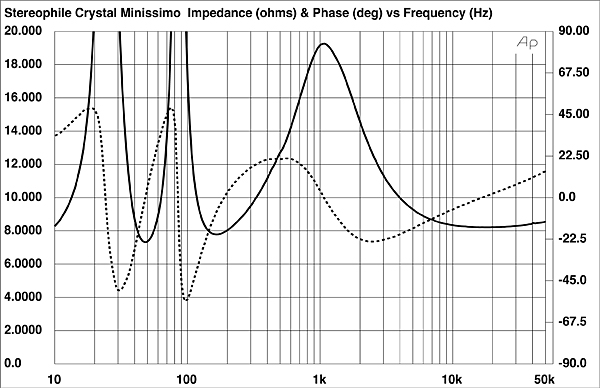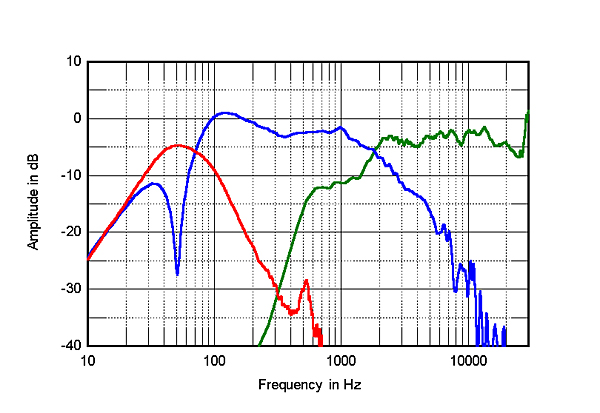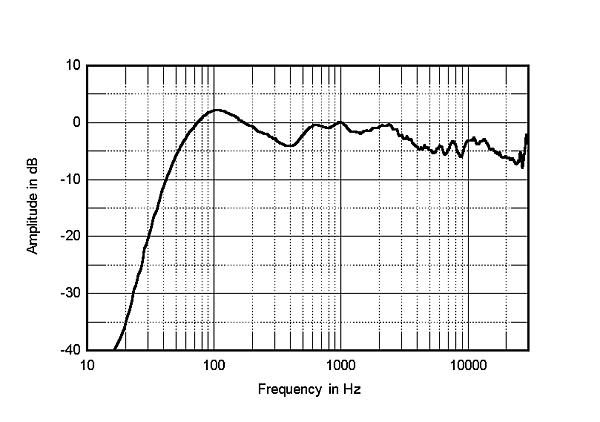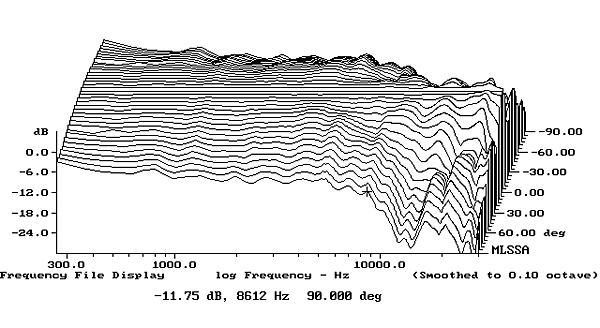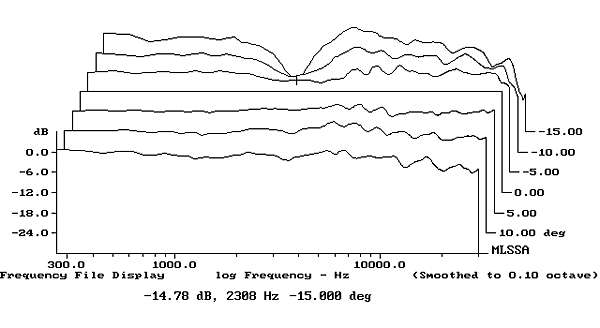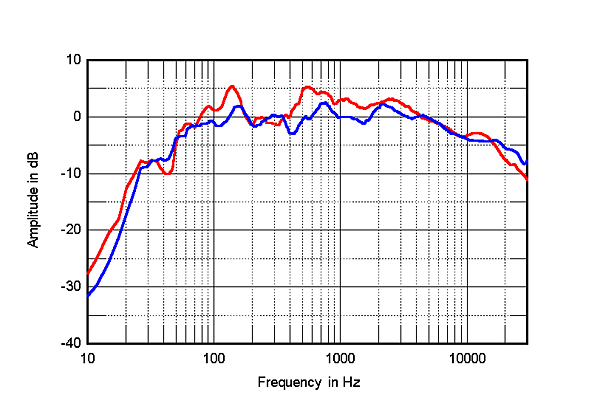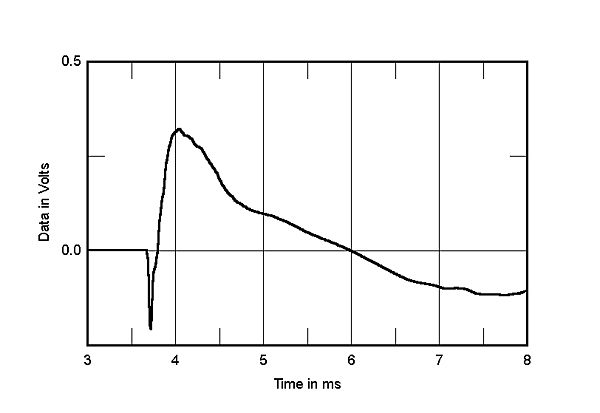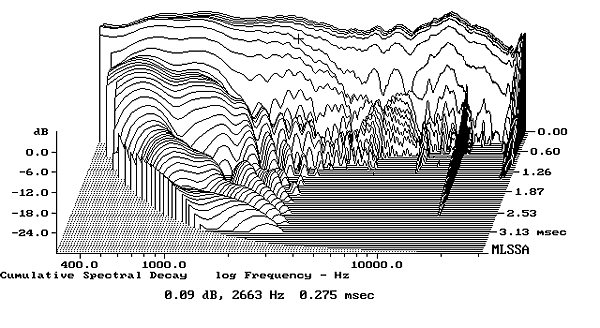| Columns Retired Columns & Blogs |
I like paradoxes, and understand liking "small speakers." And I agree that "big speakers have big problems."
However, later in the review, you tell us that they "sounded larger than they are."
Was that a compliment or a complaint? Good thing, or bad thing?
It also seems the vertical dispersion makes for a narrow vertical sweet spot, "a hollow quality became evident when I stood up."
How do you think you would feel with them as your long term reference? Would that erode your enthusiasm or be a neutral thing? I think that would wear on me, personally.
Anyway, those are beautiful speakers and thank you for the over-all great review!
